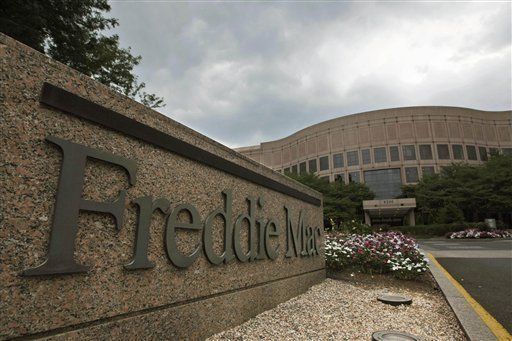
An extremely important fact has been absent from the analysis of the financial crisis and is jeopardizing the opportunity to resolve it effectively. The astonishing scope and spread of the crisis is due to a snowballing effect that amplifies defaults on mortgages from 33 to 100 times the value of the assets at stake, magnifying and spreading them into defaults and bankruptcies across the entire world financial system. Therefore, to resolve the financial crisis one has to stop the defaults on mortgages right now. These defaults are the true root cause of the larger financial crisis.
Ending defaults requires minimal intervention from Congress, minimal international cooperation in lowering bank rates to prevent currency swings, and costs the tax payer virtually nothing. The key is decreasing the monthly payments on mortgages by fifty percent or by an amount consistent with the Housing Price Index. The details matter, but in any case, doing this can make the mortgages more affordable and better aligned with lower property values.
The approach works by enabling homeowners to meet their monthly mortgage payments and by making it worthwhile for them to do so. The size of their mortgages will no longer exceed the value of their homes. The banking system is stabilized because banks receive continued payments of fifty cents on the dollar providing them with an infusion of capital. Reduced bank discount rates can be arranged to match and sustain bank balance sheets. This one-two punch can stem the wave of defaults and bankruptcies and stabilize the banking system. The move will also help stabilize real estate prices which go up with good mortgage terms.
An important additional benefit is that the plan works as a tax rebate: homeowners will have more money in their pockets thus stimulating the economy, increasing spending and creating jobs.
With its recent $700 billion bailout, the government is trying to deal with the effect and not with the cause. The true root cause of the financial crisis starts with the continued defaults on mortgages that magnify and snowball throughout the entire financial system due to a historic combination of financial innovation and deregulation.
Here's how it works. Each mortgage became part of widely traded "mortgage backed securities." Freddie Mac and Fannie Mae fueled the process by buying about $5.2 trillion worth of mortgages from the banks, representing about 40% of the $12 trillion in total US real estate assets. On top of that, many financial institutions traded a large number of derivative securities such as interest rate swaps and options based on mortgage backed securities that can magnify gains and losses by a factor of two or three. They were able to leverage their assets 33 to 1 due to deregulation. They borrowed, lent and traded 33 times more than the value of their assets. This way each mortgage default is magnified and snowballs into trades worth 33 to 100 times more than the original mortgages. The derivative market itself is now worth $530 trillion, and credit default swaps that are purchased to insure against default add to $54.6 trillion.
The process is a money making machine when things go well -- it hugely magnified gains as real estate prices went up. When prices go down, however, it hugely magnifies and snowballs losses. Alan Greenspan noted this dynamic as early as 1992, when he warned in his testimony at a Congressional hearing that derivatives could amplify a crisis: "The very efficiency that is involved here means that if a crisis were to occur, then that crisis is transmitted at a far faster pace and with some greater virulence"
Today 9.15% of all mortgages are in default, about twice the historical standard, representing about $1 trillion in assets, but this percentage could still increase to 30% or more. Since each mortgage default snowballs into 33 to 100 times the initial value, this leads to widespread defaults and bankruptcies in financial institutions. The key to solving the problem is to stop the snowball when it is small and not after it grows huge and impossible to contain.
The $700 billion bailout deals with the after-effects, provides liquidity and buys out some mortgage backed securities, derivatives and mortgages. But it does not deal with the true root cause. Unless we stop the continued mortgage defaults the financial crisis will continue and will get worse: defaults, foreclosures, bankruptcies, unemployment and a painful economic contraction.
In sum: restructure mortgages now, fifty cents on the dollar or appropriately adjusted according to the price index. Stop the continued defaults and offer discounted bank rates and the banking system will stabilize. This proposal, or something close to it, is virtually the only thing that will work, and it can work fast.
Graciela Chichilnisky is Professor at Columbia University in Mathematics and Economics. She is an expert in short sales and asset backed securities, financial innovation and widespread default, has created financial instruments known as 'catastrophe bundles,' and is the author of the carbon market of the Kyoto Protocol of the United Nations.
